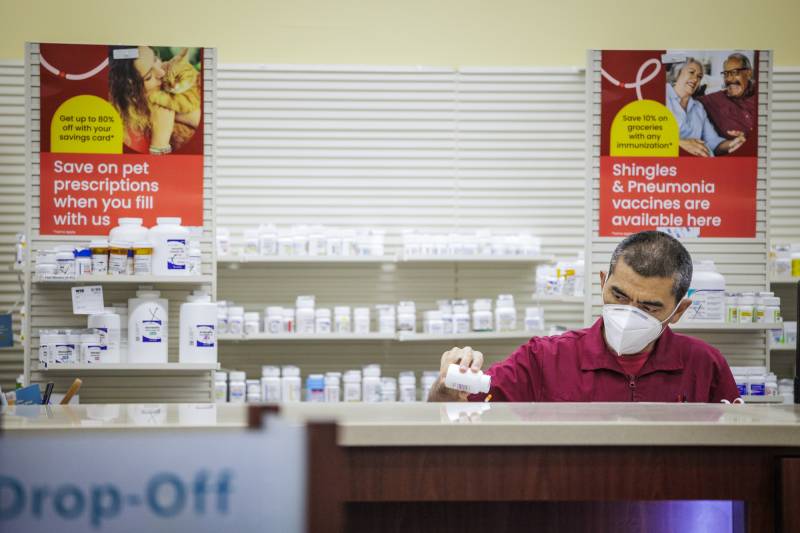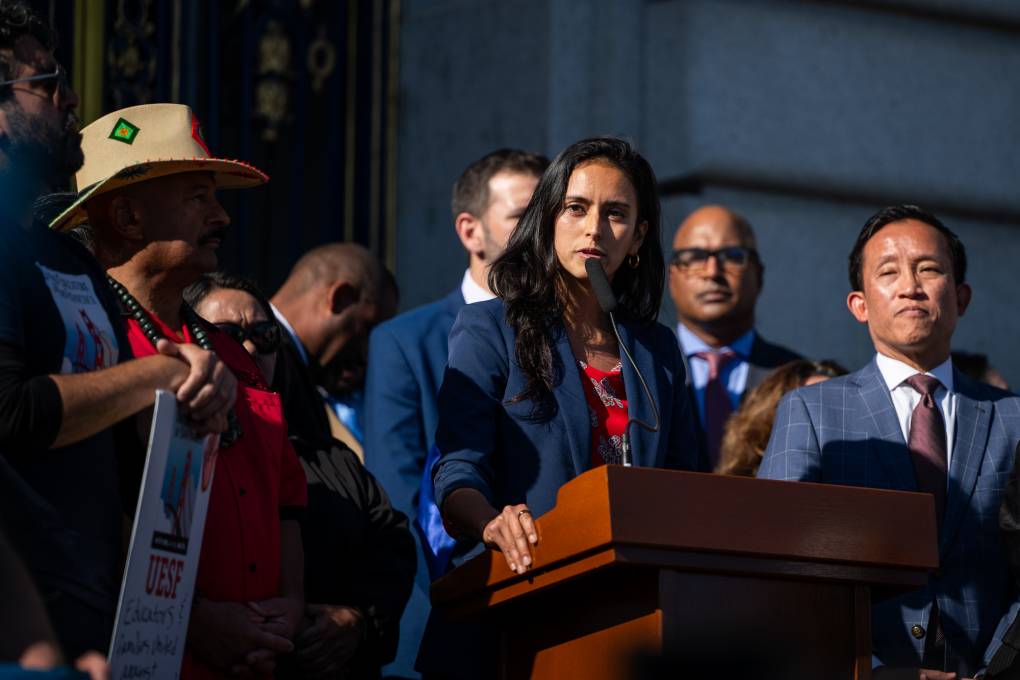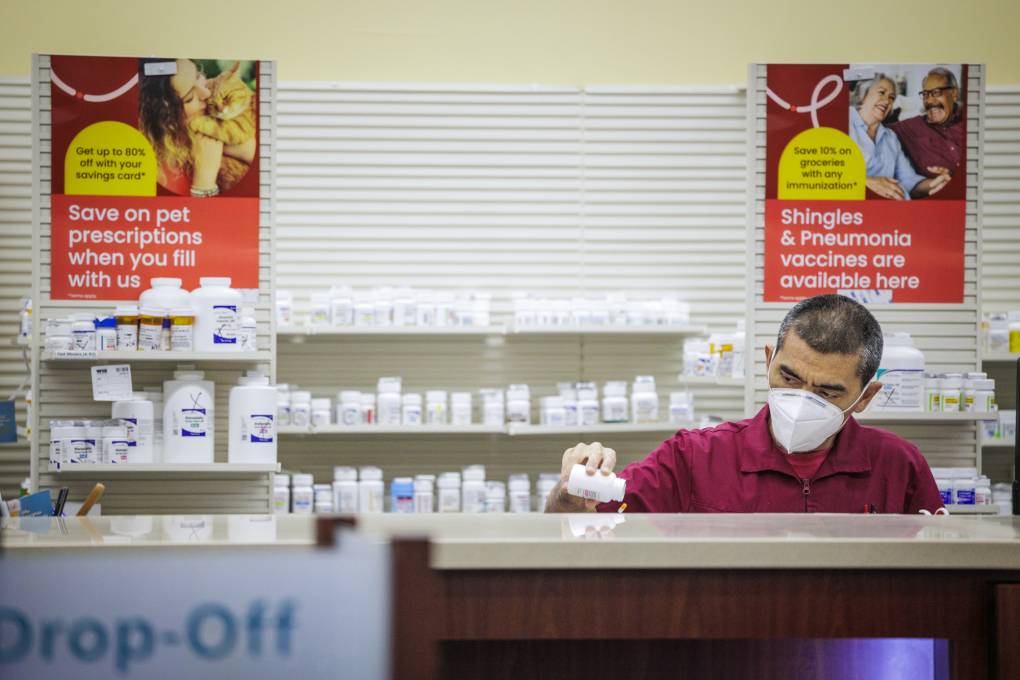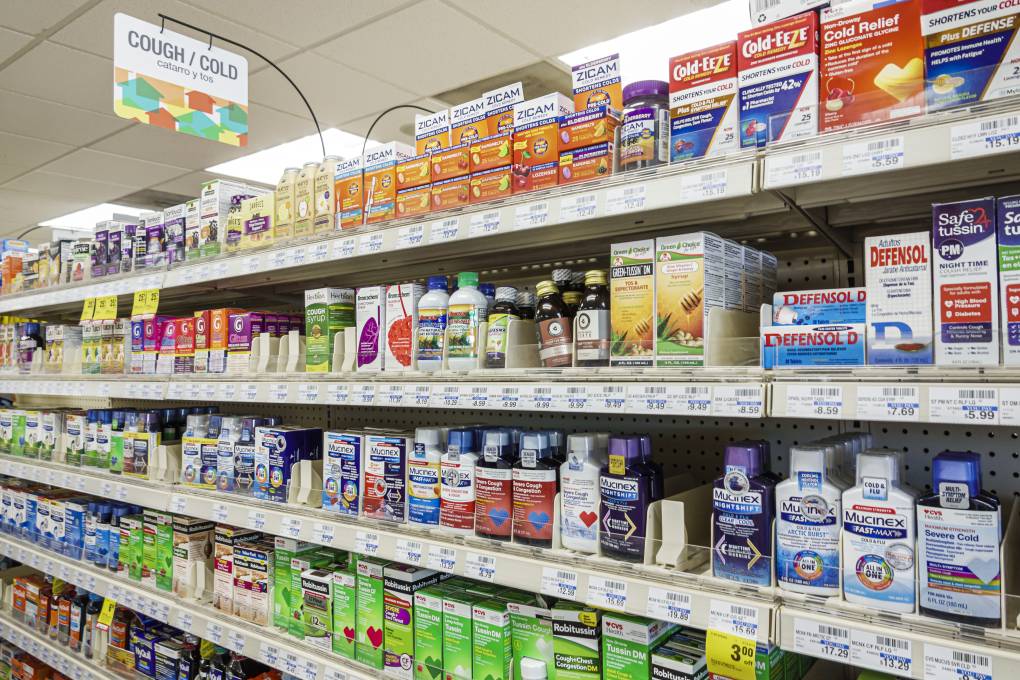Wiener said neither he nor the industry opponents got everything they wanted. Wicks’ office did not respond by deadline to a call asking why the amendments were added when the bill had previously made it through all committees and the Senate without a single no vote.
Lopes, with the pharmacy benefit manager lobby, said the group remains opposed to the bill even after the amendments.
“While we are taking a close look at the new language and its implications, it’s evident the bill still benefits Big Pharma at the expense of California patients,” Lopes said.
Pharmacy benefit managers argue that federal investigations and criticism of their business practices are flawed and misguided. As middlemen, pharmacy benefit managers are able to negotiate prices with pharmacy chains, health insurers and drug manufacturers on behalf of their clients. Designing preferred pharmacy networks, formularies and discounts are all strategies that allow pharmacy benefit managers to keep prices reasonable, said Ed Devaney, president of the employer division at CVS Caremark.
“This bill would not allow employers to continue to leverage those cost containment solutions that they have enjoyed over the last 10 to 20 years,” Devaney said. Health insurers, some unions and a coalition of business associations also oppose the proposal.
CVS Caremark is the largest pharmacy benefit manager in the country, representing more than 100 million members. Devaney said CVS passes 99% of rebates to consumers and that it has no issue with increased transparency.
Instead, the benefit managers blame pharmaceutical companies for skyrocketing drug prices.
‘No saints’ in pharmaceutical industry
Reid Porter, a spokesperson for Pharmaceutical Research and Manufacturers of America, said Wiener’s proposal is a “step in the right direction” but that California legislators have more work to do to address “the perverse incentives and harmful practices of PBMs that lead to higher costs, including higher premiums, that patients face.” The trade organization representing drug companies supports Wiener’s measure.
Drug manufacturers have long accused pharmacy benefit managers of holding prescription drugs hostage in order to get bigger rebates that patients never see. Rebates made up just 17% of the $12.1 billion spent on pharmaceuticals in 2022, according to the Department of Managed Health Care’s most recent drug cost report.
Joyce of USC said both players are at fault.
“There are no saints. Everyone is trying to make a buck,” Joyce said.
Pharmacy benefit managers representing tens of millions of patients have enough leverage to negotiate lower drug prices, he said, but the problem is that their business practices are so opaque no one really knows how much in savings is being passed down to patients and how much benefit managers are keeping in profits.
Joyce said he has also witnessed negotiations where manufacturers withhold price discounts if the benefits manager includes coverage of competitors’ drugs.
“They run an opaque, non-transparent business, and that is never good,” Joyce said.
The Federal Trade Commission report suggests that pharmacy benefit managers increasingly make money through administrative fees and other payments tacked onto services.
Despite the leverage pharmacy benefit managers may have, Kevin Schulman, a professor of medicine at Stanford University, research shows they have only ever driven drug prices up — not down.
For example, although generic or biosimilar insulins have been available for years, patient use of the cheaper alternatives has remained low because pharmacy benefit managers exclude the generics from covered benefits in lieu of higher-profit, name-brand insulins. Newsom’s initiative to manufacture low-cost, generic insulin for Californians will face a similar challenge, Schulman said. Schulman was an advisor to Civica Rx, the company tapped by Newsom to run its insulin project.
“This strategy results in them being able to pocket billions of dollars,” Schulman said.





